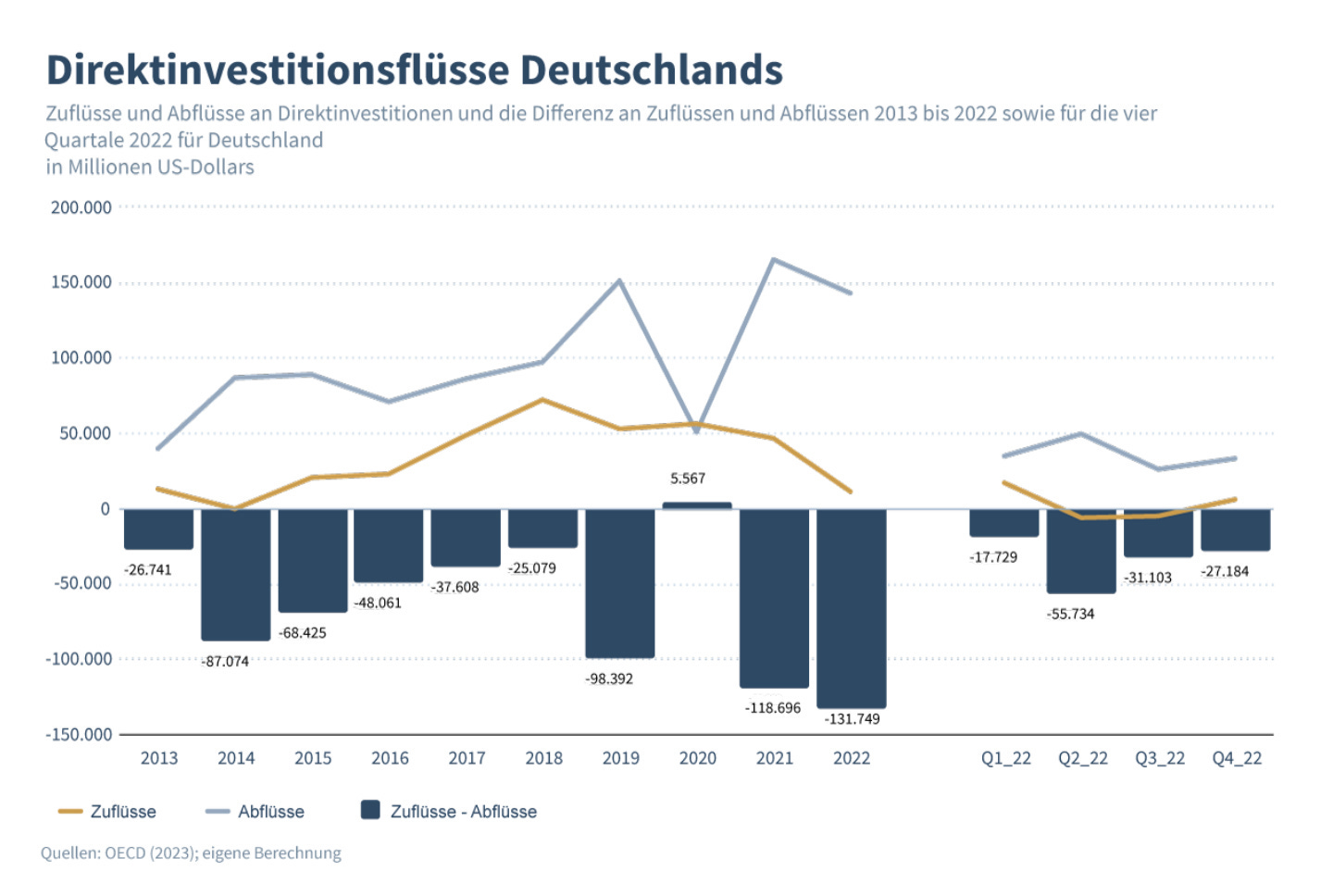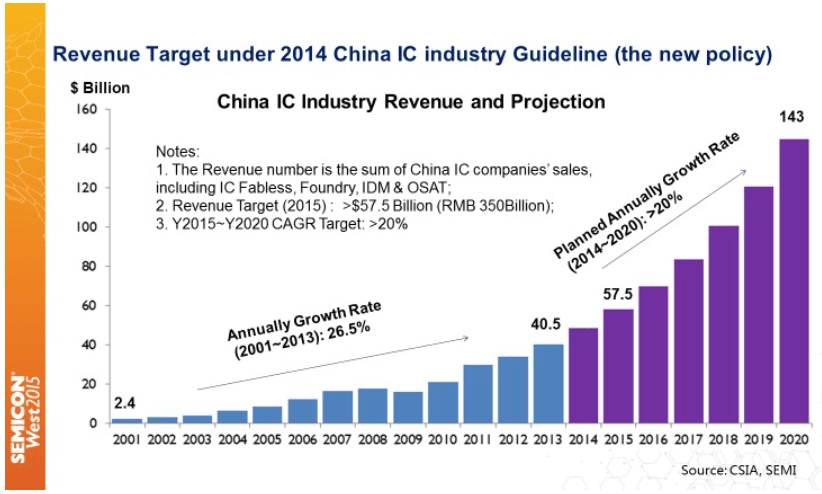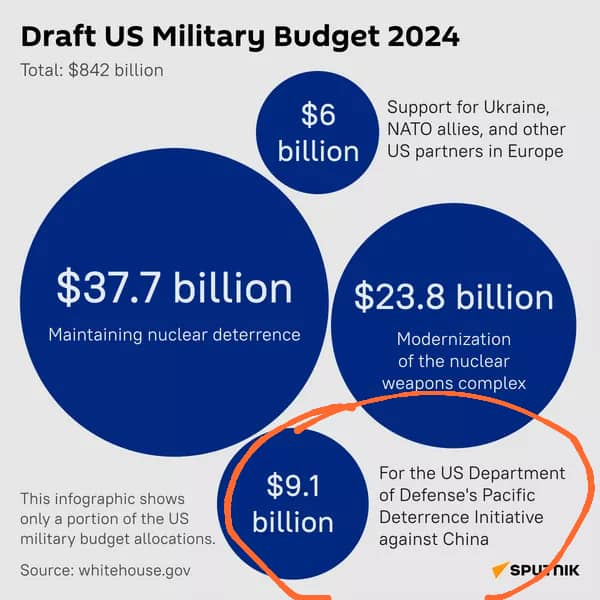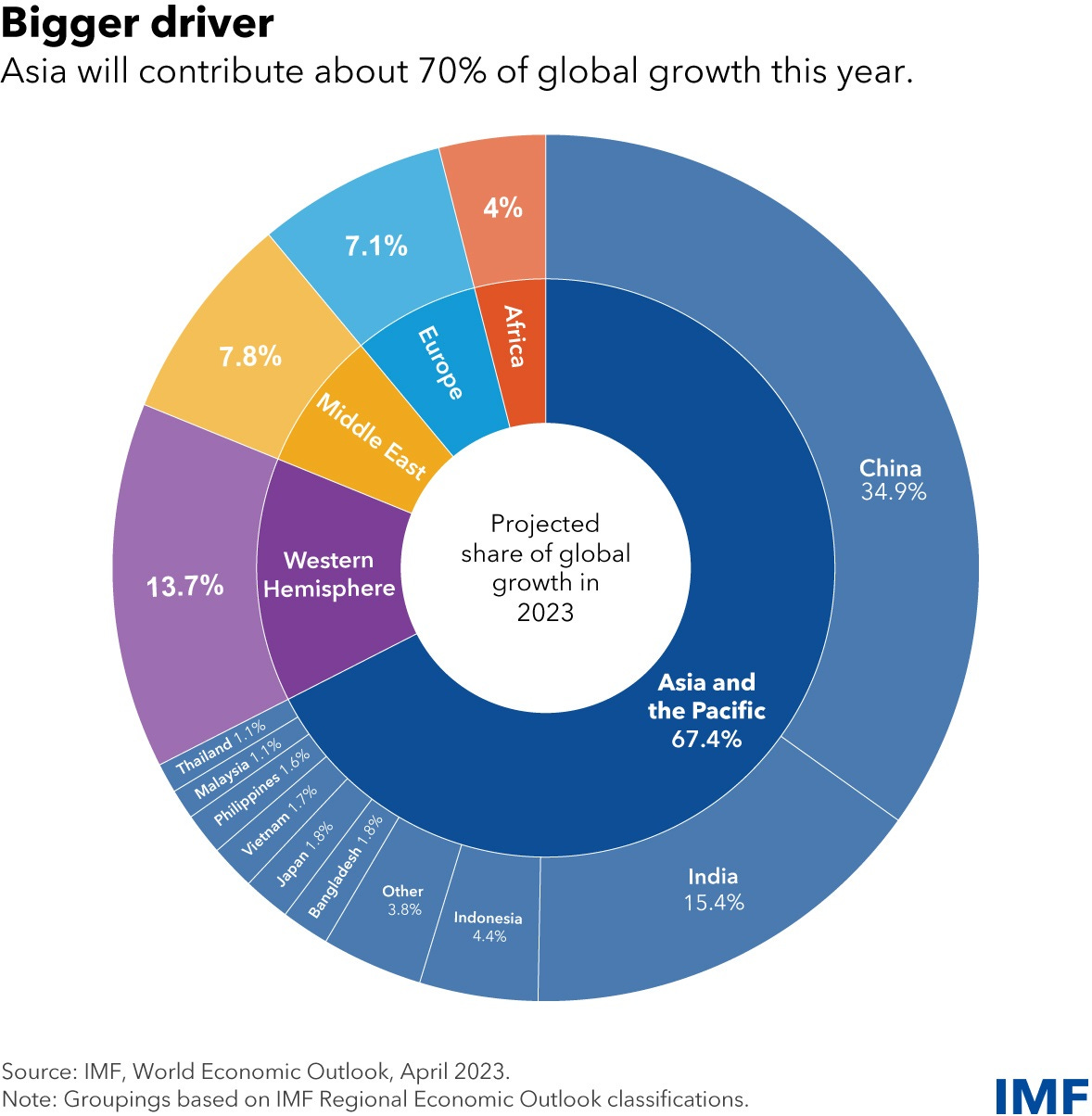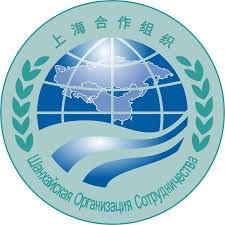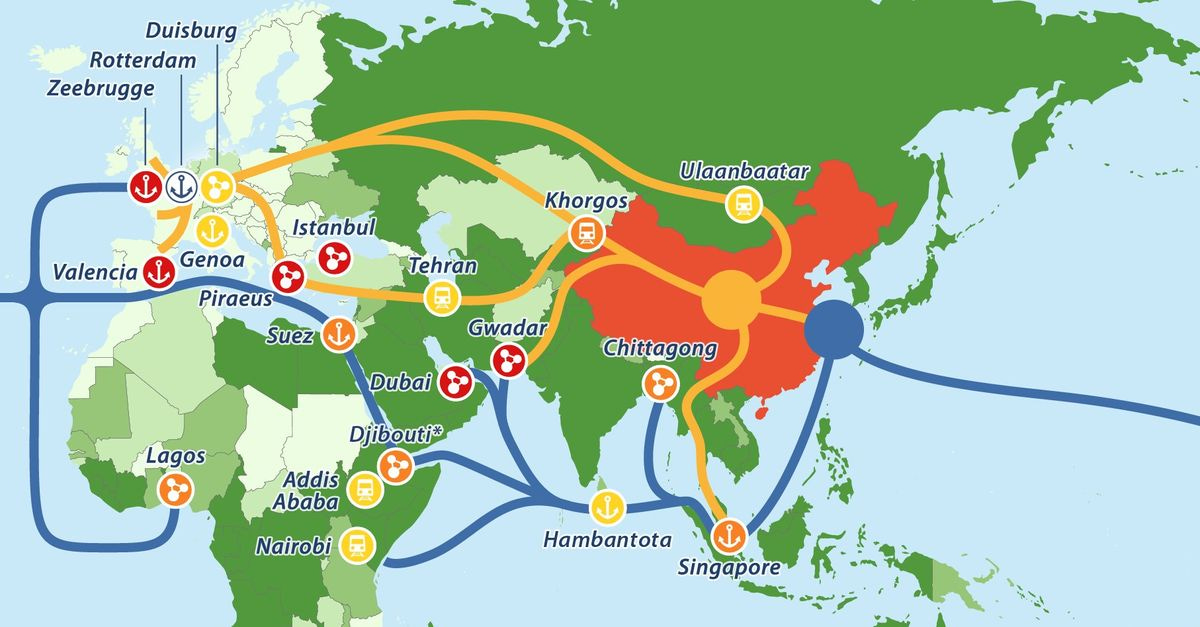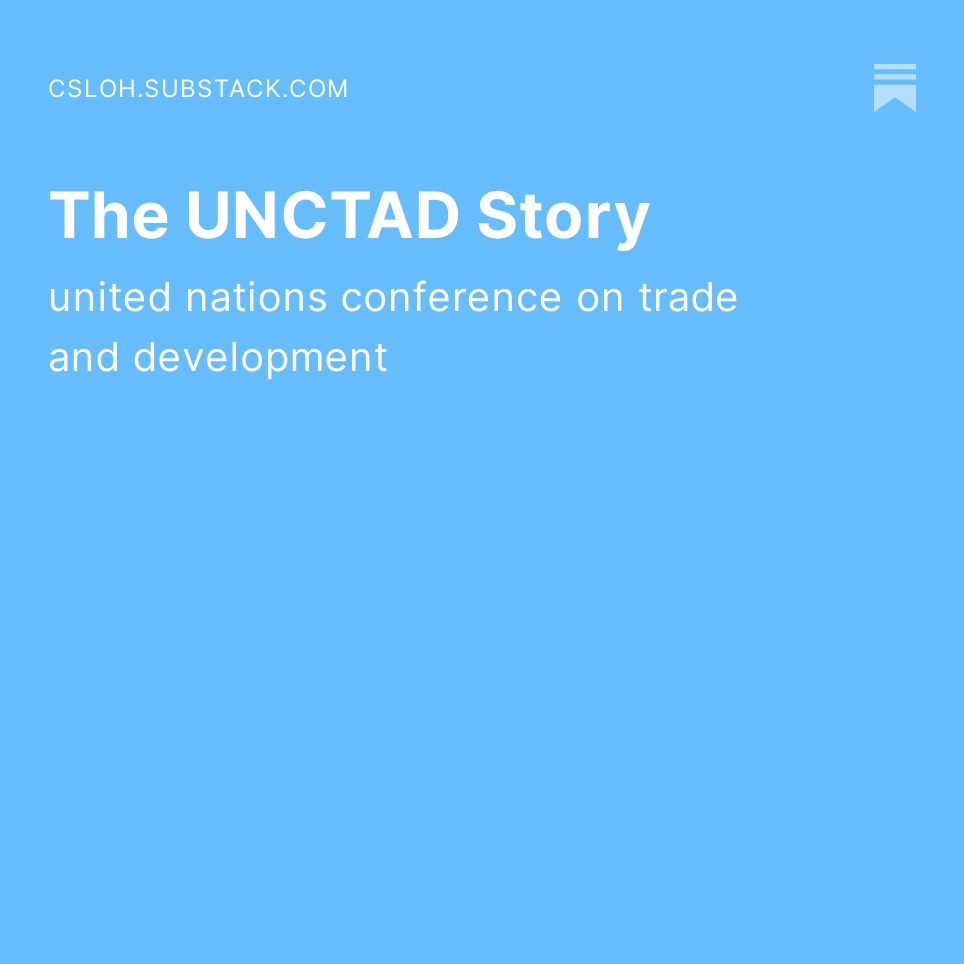More commentaries to my mini-essays posted on this site, and in other websites during the past few days of TWTW.
1] DE-RISKING
German capitals are disinvesting
De-risking by Europe or deglobalisation by USA aren't going to work.
In the case of facing the latter nation as the sole hegemon, The 20th Party Congress of CPC has already emphasised the need to achieve 'Chinese modernisation' [‘中国式现代化’].
Taking global perspective and applying systems approach, one could possibly identify that rising above the US-China rivalry is but to focus on what processes are best to safeguard and enhance the country’s connectivity with the world [与世界的全面联通]; this would be China's primal strategic objective.
It is state that only by doing this be able to win the long-term strategic game between China and the United States [赢得中美长期战略博弈] and create the conditions for the great rejuvenation of the Chinese nation.
Zhao Yanjing, a professor at Xiamen University in Fujian argues that IF the U.S. is no longer going to play by the rules, THEN there is no point in China doing so either, and he proposes a series of measures encompassing patents, creative innovations, and attracting talent to China because not unlike following Sun Tzu dictum:
For the leader 🇺🇸 , the biggest cost is to have to innovate through repeated trial and error, because once they succeed, the opponent 🇨🇳 playing catch up can simply copy the leader, obtaining the same technology more quickly and at lower cost😁
Further, given that the patent protection system is often the easiest of the leader’s wall to breach, China, which is playing catch up, would likely choose patents as the main battleground in the U.S.-China technology war.
It is through such creative innovations that the chip production is not returning to America at all, (Asia Times, July 2034).
China is confident of its integrated circuit chip's production, and shall be self sufficient for its own needs now, and in the immediate near future.
China is taking a proactive posture to shoutout its displeasure against US embargo on the chips supply to China, (digitimes October 2022), besides activating her own counter-measures, (view China News Express: +13-min).
China is also positioning to shove US and its technological partners to come to the table to resolve the global commodity supply chain issue appropriately, (see various PwC Global Reports on global supply chains, and on Apple Corporation specifically).
Indeed, with this positioning on the technological Go board, China is competing a high-tech war that it envisages with confidence in winning, (CSIS, May 3, 2023); see also Ivan V.Danilin, The US-China Technological War, Russia Global Affairs,13.12.2021.
Overall, it isn't surprising that China’s state-run but accorded national economic development propels her growth pace, with the combined assets of China’s 96 largest SOEs totalling more than US$63 trillion, an amount equivalent to nearly 80 percent of global GDP, (see Confronting the Challenge of Chinese State Capitalism, Center for Strategic and International Studies).
Related Readings
2] B52 NUCLEAR BOMBERS in INDONESIA
The Southeast Asian Nuclear-Weapon-Free Zone Treaty (SEANWFZ) or the Bangkok Treaty of 1995, is a nuclear weapons moratorium treaty between 10 Southeast Asian member-states under the auspices of the ASEAN: Brunei Darussalam, Cambodia, Indonesia, Laos, Malaysia, Myanmar, Philippines, Singapore, Thailand, and Vietnam. It was opened for signature at the treaty conference in Bangkok, Thailand, on 15 December 1995 and it entered into force on March 28, 1997 and obliges its members not to develop, manufacture or otherwise acquire, possess or have control over nuclear weapons.
The treaty includes a protocol under which the five nuclear-weapon states recognised by the Treaty on the Non-Proliferation of Nuclear Weapons (NPT), namely China, the United States, France, Russia and the United Kingdom (who are also the five permanent members of the United Nations Security Council) undertake to respect the Treaty and do not contribute to a violation of it by State parties. None of the nuclear-weapon states have yet signed this protocol.
Needless to say that the newer generation of B52 deployed to Australia is capable of deploying an array of long range nuclear tipped cruise missiles. This allows B-52s to engage targets across much of Chinese and North Korean territory from very safe distances in the South China Sea. The new external weapons pylons installed from the late 2010s since have increased the newer B-52 model’s firepower significantly.
Also, one has to point out that the aircraft recently deployed to Indonesia were speculated to be set to participate in Exercise Cope West 2023 – a bilateral training exercise at Roesmin Nurjadin Air Force Base involving the air forces of the United States and Indonesia, thus extending US hegemonic expansion evermore.
And, at a time when Asian economies are surging forth with shared prosperity, a hegemon is relentlessly willing to destroy planet earth - and mankind - with unkempt warfares.
Following Beijing’s success in brokering the Saudi-Iranian diplomatic agreement in March 2023, 80% of a survey respondents supported a Chinese role in Israeli-Palestinian peace talks, Arabnews, 14/5/2023.
Excerpts from Ma Xiaolin, director of Zhejiang University's Institute for Studies on the Mediterranean Rim (ISMR), article first published in the China Daily on March 11:
“What astonished people around the world was that the Middle East has traditionally been dominated by the US or Russia, not China. It was the US that would facilitate or back Middle East peace initiatives, such as the 1978 Camp David peace agreement between Egypt and Israel brokered by President Jimmy Carter and the 1993 Oslo Accords between Palestine and Israel brokered by President Bill Clinton.
“This occasion could serve as a model for Beijing's effective mediation of significant regional crises and lead to the emergence of a Beijing Consensus 北京模式 [lit. “Beijing Model”].
The successful Saudi-Iranian dialogue in Beijing, according to Ding Long, a professor at SISU's Middle East Studies Institute, is a victory for peace, demonstrating China's commitment to promoting security and cooperation in the Middle East through its Global Security Initiative (GSI).
Ding explains the significant development in the Saudi-Iranian dialogue in Beijing in a Global Times article (in Chinese) published on March 11, 2023:
“First, head-of-state diplomacy 元首外交 is paving the way. President Xi Jinping paid a state visit to Saudi Arabia in December 2022 to attend the "Three Summits" between China and Saudi Arabia, China and the Gulf Cooperation Council (GCC), and China and the Arab League.
“Iranian President Ebrahim Raisi paid a state visit to China last month at President Xi's invitation. Indeed, China has provided Chinese wisdom and Chinese solutions for Middle East security through concrete actions.
“China has worked hard to promote security in the Middle East since 2014 when President Xi first proposed a new concept of common, comprehensive, cooperative, and sustainable security. The fact that Saudi and Iranian delegations came to Beijing for talks demonstrates China's sincerity and a vote of confidence [in its abilities].
“Second, it serves as an effective illustration of the GSI in action. The fact that archrivals such as Saudi Arabia and Iran were able to beat their swords into plowshares 铸剑为犁 thanks to China's mediation fully demonstrates the GSI's lofty vision, which can serve as a compass and a roadmap for calming conflicts and resolving contradictions [worldwide].
“China has been working for peace in the Middle East for several years, not only between Iran and Saudi Arabia but also between many other parties in the region. For example, it proposed the Gulf Security Framework and initiatives to resolve the Palestinian-Israeli conflict. It has done so on several occasions without seeking personal gain.
“The fact that Saudi Arabia and Iran finally achieved a fruitful outcome 修成正果 [lit. "achieve Buddhahood"] demonstrates that China's peace and security ideas are highly practical and operational.
“Third, the Saudi-Iranian reconciliation is in line with current trends. Saudi Arabia and Iran have been embroiled in protracted conflicts and suffered massive losses in recent years. Under internal and external pressure, both countries have since realized that development is the first priority and that only development can promote peace.
Little acknowledged by western media is that China-MENA diplomatic initiatives were well orchestrated some times ago:
As the organizer of various secret meetings, previous foreign minister Wang Yi has had actively mediated Saudi and Iranian relations and actively promoted dialogue and cooperation in the Gulf. Back in March 2021, Wang Yi visited six Middle Eastern countries, including Saudi Arabia, and promoted the signing of the 25-year Strategic Cooperation Plan between China and Iran.
In January 2022, Wang organized a "Middle East Week" of Chinese diplomacy in Wuxi, Jiangsu Province, where he met with six Middle Eastern foreign ministers, including Saudi Arabia and Iran.
Both waves of positive events emphasized China's importance in Middle Eastern affairs, boosting Middle Eastern countries' strategic trust in China and, to some extent, lubricating the easing of Saudi-Iranian relations.
These preparations enable Beijing in finding opportunities to bolster economic growth and expand its influence in key regions with geopolitical significance, (caixinglobal, 10/7/2023).
4] SHANGHAI COOPERATION ORGANIZATION
With the onset of Global Economic Recession 2007-09, the US imperial geopolitical system experienced tectonics shifts leading to major political and economic instabilities, (Foster & Magdoff, The Great Financial Crisis: Causes and Consequences, Monthly Review Press, p. 41).
In particular, China and Russia have became the rising forces in geopolitical multipolarisation constructing alternative global governance platforms. There is the Collective Security Treaty Organisation (CSTO), the Shanghai Cooperation Organisation (SCO), the Eurasian Economic Union (EAEU), and the Asian Infrastructure Investment Bank (AIIB) with the creation of China’s Belt and Road Initiative (BRI) in overseeing infrastructure, resource and investment development networks covering over 152 countries, (Monthly Review 01/01/2017).
Through SCO, and importantly, the BRI (see chart above), China is playing an increasingly important economic developmental role in the former Soviet republics.
Akihiro Iwashita, a professor at Hokkaido University in Japan, said Russia and China finally realized after years of border conflict they have few competing interests and “no longer see each other as rivals, but accept and manage the convenience of a quasi-alliance.”
Today, 3.3 billion people live in countries spending more on interest payments than on health, education or investment. A total of 52 countries – almost 40 percent of the developing world – are in serious debt trouble.
The problem of external debt is highlighted by Prabhat Patnaik and STORM, Indebted through and by neoimperialism; past historical debts of Malaysia are well-documented in STORM 2021 and FiresStorms 2021, Impaired Debts and Indebted Economy; whereas, in sub-Sahara Africa, indebtedness is an unsustainable burden on its people, Éric Toussaint. A good related reading: Michael Hudson, Colonialism or Sovereignty? How the Global Financial System Traps Countries in Debt.
Coverage of events in Malaysia, emerging situations in southeast Asia, and global existential issues:
MOMENTUM #155
FRIDAY FILES 14th July 2023



